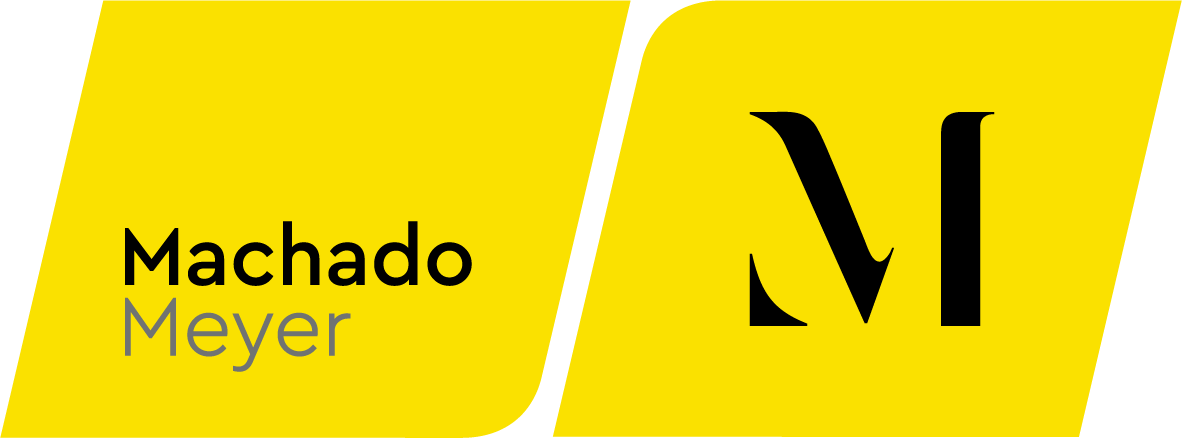Fatima Tadea Rombola Fonseca, Vagner Araujo and Luiza Indio
Published in 2017, Law No. 13,465 established an important instrument and legal framework in the context of public policies aimed at land regularization of consolidated informal urban centers, the Reurb (Urban Land Regularization). This regularization can be total or partial and aims at providing ownership title to the occupants of these spaces, granting legal certainty through the individualization of real estate certificates of title and the updating of the property before the registry office of real estate.
Although the legislation is relatively recent, it is noticed that Reurb already has examples of practical application in several regions, such as the state of Minas Gerais (MG) and the Federal District (DF). Only in the region of Planaltina (DF), there are 72 Projects of Reurb, among which stands out the project of the urban nucleus Estancia Mestre D'armas I, which describes the regularization of an area of 271,743 hectares, benefiting 40,761 inhabitants of up to 3,267 residential lots and 927 residential and/or commercial lots, among others. In the city of Coronel Fabriciano (MG), the Reurb project developed by the municipality reached the registration of 247 units, of the 2,000 plots planned, in just 23 days.
The promotion of a Reurb begins with the request of the interested party to the municipality where the urban nucleus that is to be regularized is located. This protocol can be done by individuals, legal entities (including developers and allotment companies), entities of the Federation, the Public Defender's Office (on behalf of hyposufficient beneficiaries) and the Public Prosecutor's Office. The process is conducted by the municipality, who will be responsible for the relocation and resettlement of occupants whenever necessary, such as in case of irregular occupations of degraded areas or risk areas.
This instrument can be used by both the government and the private sector, considering that, as said before, allotment companiesand real estate developers can request the Reurb directly to the municipality, presenting the respective project and the documents required by law. The Reurb project, however, must comply with certain legal criteria to be approved, under penalty of rejection.
In practice, the law creates two modalities of operationalization of Reurb: one specific for informal urban centers occupied predominantly by low-income population (Reurb-S) and another for other situations of specific social interest (Reurb-E). The economic criterion of the Reurb-S is fixed by municipal law and may undergo variations to suit the territorial reality of which Reurb will be operated. On the other hand, The Reurb-E will be proposed in cases where the economic criterion adopted in the previous modality is not applied.
Reurb's application must be accompanied by specific documentation for its evaluation to be feasible, such as: preliminary study of non-conformities and the legal, urban and environmental situation of the area to be regularized; urban project and physical schedule of services and implementation of essential infrastructure works; and urban, environmental and other compensations, when any, defined at the time of the approval of the land regularization project. The last item reinforces the mixed objective of Reurb, which involves not only land regularization for the occupants of the area, but also the proposition of solutions for non-conformities and environmental and urban issues affecting the informal nucleus analyzed, which, in the end, should be funded by the municipality itself or by the applicant, depending on the modality of Reurb.
It will be up to the municipal government to approve, or not, land regularization project. In cases of approval, it will take place by formal and public act, which will matter in the issuance of the certificate of land regularization. The last stage of the project consists in the formalization of the real right of the owners of the properties, which will take place through the registration in the registry of real estate, through the presentation of the certificate of land regularization and the land regularization project.
For effective approval, the Reurb project must necessarily include a very well-structured technical and legal documentation and, mainly, serve the purpose of urban regularization provided for in the legislation. After four years of validity, the instrument still has high potential for application in the national territory by public and private entities. It is up to the real estate market to identify business development opportunities that can, at the same time, target profit and have enormous social impact.
